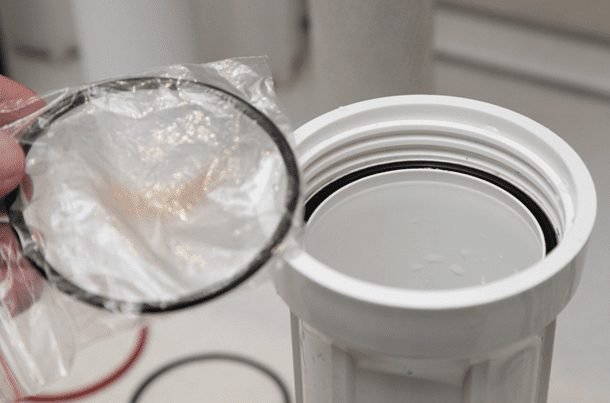Last Updated on July 11, 2024 by Asfa Rasheed
Hydraulic systems, pumps or cylinders that convey gases or liquids to perform certain functions most likely have o-rings installed to prevent leakage. These mechanical devices, in various industries, are constantly being redesigned to work more efficiently or cost effectively. As these mechanical devices evolve, so must the o-ring. To effectively prevent leaks, the o-ring’s characteristics and material construction must withstand the properties of any gas or liquid, extreme temperatures or high pressures that may be a part of the mechanical device’s functions or applications. As a result, innovations in o-ring sealing technology are continually being developed to accommodate these ever-evolving conditions.
Let’s take a look at how advances in o-ring sealing technology and material development help the o-ring adapt to extreme conditions.
Table of Contents
O-Ring Sealing Technology
The o-ring usually fits into a groove on one of two mating surfaces. When the two mating surfaces are connected, the o-ring in between compresses to form a barrier against leaks. Usually, o-rings are made out of some elastomeric material like silicon or rubber, but can be made out of plastics to suit the environment.
Extreme applications and conditions require an o-ring to perform without failure, and the materials and characteristics of o-rings have been developed to adapt to those extremities. Failure is not an option, especially in the automotive, aerospace, pharmaceutical, military and medical device industries.
What’s New in O-Ring Material Development?
An o-ring’s material can be made from a combination of various chemical compounds to improve the likelihood of zero leakage. These chemical compounds and materials that make the o-ring able to perform under certain conditions can include:
- Polymers
- Inert fillers
- Active chemicals
- Special additives
- Plasticizers
- Anti-degradients
For example, plasticizers can be added to improve low-temperature properties while inert fillers can be added to improve physical properties.
O-rings used as seals in aircraft engines and automotive fuel handling systems should be made of a combination of chemical compounds and materials that:
- Withstand high temperatures
- Have a longer lifespan under constant use with a low compression set
- Resist against swell in high octane and oxygenated fuel blends, especially Ethanol/Methanol-blended gasoline
- Should not release volatile materials when heated
Material Compound Characteristics
A material best suited for extreme conditions, particularly in the aerospace and automotive industries, is an o-ring made of fluorocarbon-based compounds. Here are the characteristics that this material can offer when considering an o-ring for extreme condition design purposes:
- Standard Compound: -13°F to +446°F for extremely high temperatures
- Unique Compounds: -40°F to +446°F for extreme low and high temperatures
- Shore A Hardness: 45 to 90
It is paramount to consider the application and environment in designing hydraulic systems, pumps or cylinders when deciding on the proper o-ring. Two characteristics have to be considered:
- The temperature range that the o-ring will have to operate in
- The pressure range that the o-ring will have to seal against
Knowing how much pressure the o-ring will have to seal against or the application used will help decide what Shore A hardness of material should be used. The Shore A hardness scale measures a material from extremely pliable to rigid with almost no flexibility. So on the Shore A scale, a 30 Shore A is softer than an 80 Shore A. Hydraulic o-rings usually fall between 70 to 90 Shore A. The idea is for the o-ring to be flexible enough to compress and form a seal, but sturdy enough to withstand pressure.
One O-ring Does Not Fit Every Application
After reading about the different types of materials and characteristics of o-rings and the applications they can be used for, you can now realize the innovation in o-rings and sealing devices. An o-ring may look very basic, but material choices and characteristics can differ from one o-ring to another. Therefore, choosing the correct o-ring for the proper application will make everyone safe around it.
Apart from that, if you are interested to know about The Perfect Utility of the Variable Tube Expanders then visit our Technology category.






















